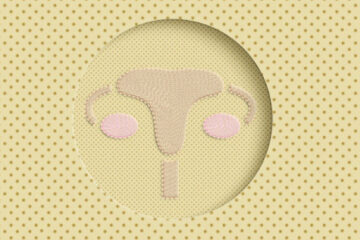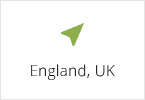Milk allergy is the most common allergy among babies and young children affecting about 2-6% of children under 1 year. Milk allergy is caused when the immune system causes a reaction to proteins that are found in cow’s milk. These proteins can be found in normal cow’s milk, infant formula and food products containing cow’s milk.
In Breastfed infants, symptoms of milk allergy are usually noticed when the baby is introduced to “top-ups” of cow’s milk formula (mixed feeding) or in weaning foods.
The milk proteins can also be found in small amounts in breast milk, and so milk allergy problems can occasionally be found in babies who are exclusively breastfed, but the risk is usually smaller.
There are two common types of food allergy that are often described. IgE mediated which is also known as fast onset allergic reaction and Non-IgE mediated which is known as a delayed reaction.
IgE/ Fast or Immediate allergic reactions
This reaction occurs very soon after the milk has been drunk. Usually within 2 hours of consuming cow’s milk or cow’s milk products: The reaction often causes red and itchy rash called Hives, with or without swelling, breathing difficulties. This is the most well-known type of reaction, and is often associated with other foods such as peanuts and can cause anaphylaxis, which is the most serious type of allergic reaction.
This type of allergy can be tested for by skin prick tests to the food, and a blood test that looks for the immune protein (called IgE) made by the body that overreacts to the food.
Worrying signs for fast/immediate (Ige) mediated allergy include reddening/flushing skin post feed, hives/urticaria, swelling and puffiness of the face, eyes lips and tongue, cough or wheeze, increased itching and scratchy skin for under 2 hours, increased watery eyes, severe vomiting and sneezing/runny noses. If your baby has any of these symptoms that occur very quickly after their feed, you should seek medical advice quickly in case the reaction gets worse.
Non-IgE/ Delayed type allergic reactions
This type of allergic reaction is much more common in young children with suspected milk allergies. Common problems that may point to a baby having delayed milk allergy, would often show up in different areas of the body, such as difficult eczema, colic or severe wind, gastro-oesophageal reflux, tummy pains, loose or explosive nappies and even constipation. The baby may also find it difficult to gain weight.
There are no special tests that help diagnose delayed milk allergy, the immune proteins that overreact to the milk protein are different to the fast /immediate allergy and no tests for these are available. The signs of a possibly delayed milk allergy include loose, watery stools, constipation, vomiting, rectal bleeding, abdominal pain, wind, bloating, screaming and back arching, eczema and nasal congestion.
If I suspect my child might have a cows milk protein allergy, what do I do?
If you suspect a cow’s milk protein allergy, then it is recommended to book in to see your paediatrician/GP. Your GP will then refer you to a dietitian, if this is not the case you can book in to see a dietitian privately. For non-IgE mediated reactions, an elimination period is needed, then a milk challenge to confirm the diagnosis, then depending on the result either re-introduction or a +-6 month period of removal of all cows milk protein sources. If your child is at a weaning age it is important to seek adequate help from a registered dietitian to ensure there are no nutrients missing from your child’s diet when commencing dairy free weaning.
Will my baby always have a milk allergy?
Around 80% of babies with milk allergies have a very good chance of growing out of their milk allergy. After 6-9 months on a milk-free diet, or after their first birthday it is a good time to re-try milk into the child’s diet.
Written by Jenaed Brodell, Registered Dietitian
References
Venter C, Brown T, Shah N, Walsh J, Fox AT: Diagnosis and management of non-IgE- mediated cow’s milk allergy in infancy – a UK primary care practical guide. Clinical and Translational Allergy 2013, 3,23 www.ctajournal.com/content/3/1/23
National Institute for Health and Care Excellence, NICE: Cow’s milk protein allergy in children. NICE: Clinical Knowledge Series London; 2014 www.cks.nice.org.uk/cows-milk-protein-allergy-in-children
Health and Social Care Board. Northern Ireland Primary Care Infant Feeding Guidelines 201302.http://www.setrust.hscni.net/pdf/PrimarCareInfant_Feeding_Guidelines201302.pdf
Prof. Dame Sally Davies, Chief Medical Officer England, Dr Tony Jewell Chief Medical Officer Wales, Dr Michael McBride, Chief Medical Officer Northern Ireland and Sir Harry Burns Chief Medical Officer Scotland. DoH Vitamin D advice on supplements for at risk groups. 2 February 2012 ref:17193NHBo







